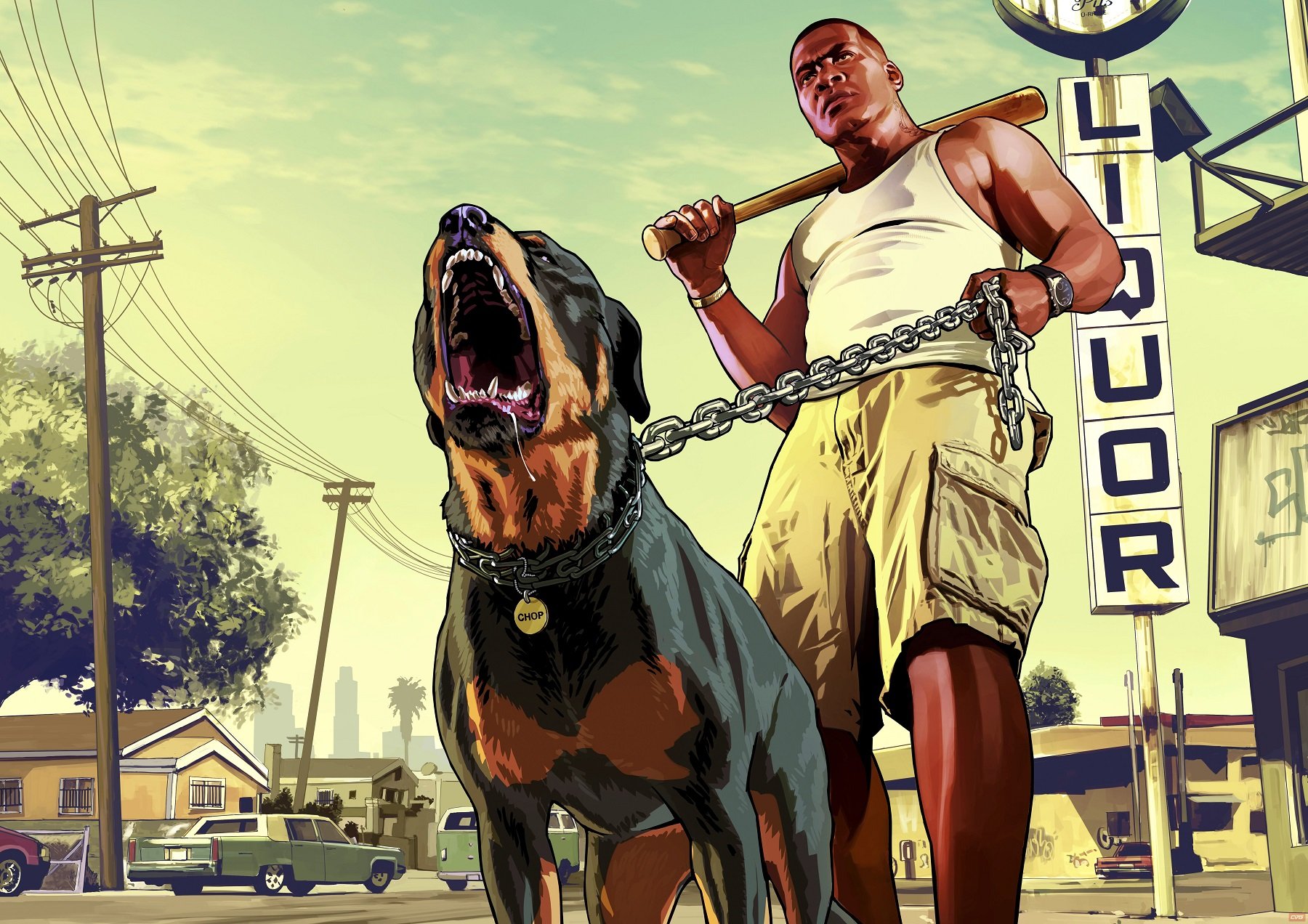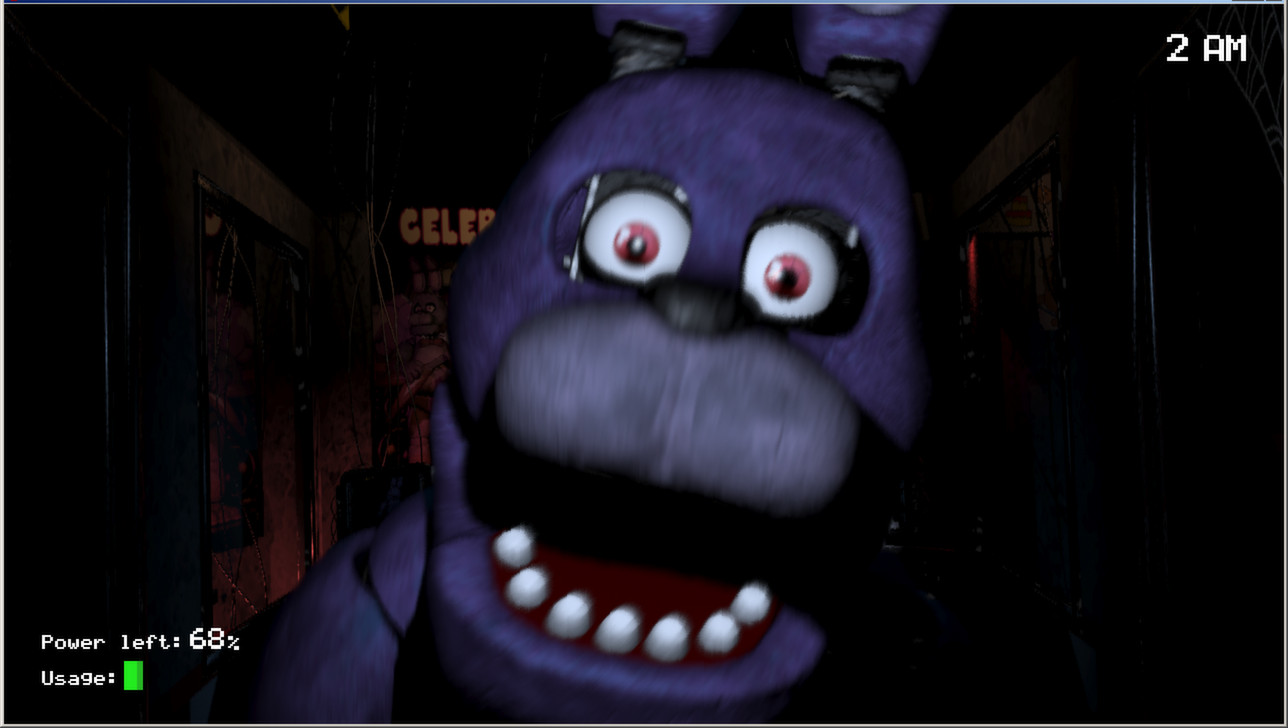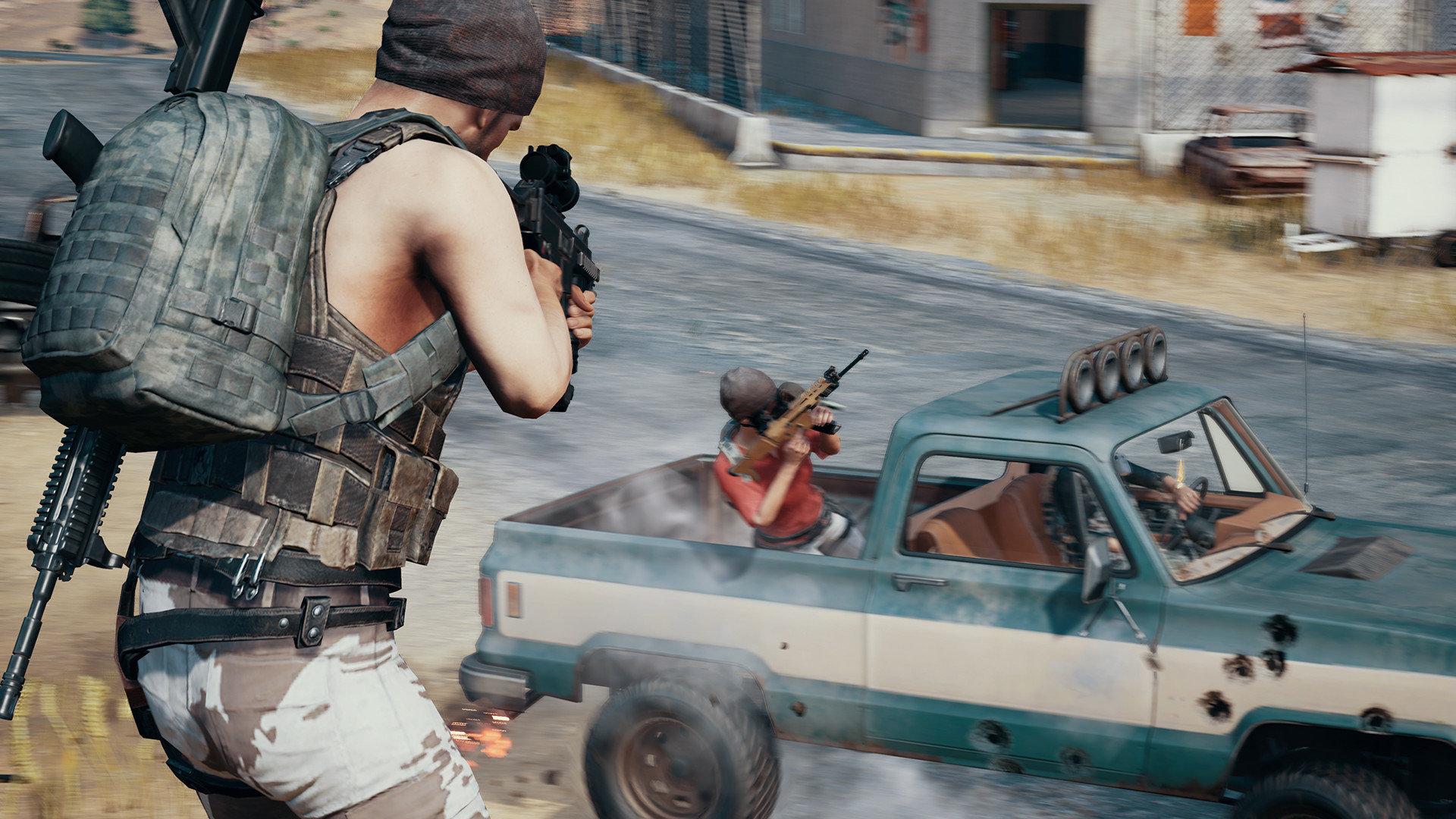The Largest Games That Started Off Indie
Humble beginnings that led to greatness

We’ve become accustomed to particular series’ dominating gaming. Super Mario Bros, FIFA, Assassin’s Creed, all examples of longstanding franchises which show no signs of slowing down. Many companies fall into this sequel trap, relying on previous settings and gameplay mechanics, as opposed to original content. From a marketing perspective, it’s a sensible approach, as people find comfort in what they know, but as a result, it’s a riskier proposition to develop original games.
What shouldn’t be forgotten though is that at some point, every game was once brand new, with no established universe to fall back on. Whether they come from a Triple-A studio or a small independent one, it takes time to establish new ground. It’s one reason why indie titles are a key innovator, bringing us new experiences untethered to previous games, with a scope to pursue more experimental ideas.
It seems strange to believe now, considering their mainstream status, but some of gaming’s biggest franchises began life as indie releases, two of which are amongst the best-selling titles of all time. It’s important to reflect on a series’ roots every so often, and with this in mind, here are some games that started life on the indie circuit.
Five Nights At Freddy’s

Five Nights at Freddy’s has undoubtedly become a huge media franchise, but it’s not forgotten its roots. Developed by Scott Cawthon, this survival horror series first began back in 2014, featuring a simple but captivating premise. Based on Chuck E. Cheese’s “ShowBiz Pizza Place”, you worked within Freddy Fazbear’s Pizza as security guard Mike Schmidt, assigned to monitor the security cameras overnight.
Assisted by a mysterious person known only as the “Phone Guy”, you discover this establishment holds a dark history with its animatronic characters, who’ve previously murdered several people. Quickly discovering this colourful cast have a life of their own, it becomes a game of survival, and you must stop them reaching your office. Failure to do so will initiate a jump scare, stuffing Mike into a separate animatronic suit and killing him.
It became a Youtube sensation, spawning a huge fandom and its lore was subject to much speculation. Realising he’d made a hit, Scott Cawthon has since released six main sequels, including a virtual reality entry but it didn’t stop there. Also developing numerous spinoffs, novels and merchandise, it even has a planned film adaptation. Selling millions of copies in the process, FNAF’s come a long way in six years.
PUBG

It’s hard to avoid battle royale games these days. Employing a similar concept to Japanese novel Battle Royale, it’s a genre which captivated many, Fortnite and Call Of Duty: Warzone being amongst the most successful. Placing hundreds of players inside a huge, gradually shrinking arena, players would fight each until only one remains. It’s a concept first witnessed within Minecraft and ARMA mods but, seeing its appeal, developers began implementing this concept within standalone games.
Back in 2017, PlayerUnknown’s Battlegrounds (PUBG) was amongst the first dedicated BR releases and became a runaway success. Developed by Brendan Greene, PUBG began as an ARMA 2 mod and Greene was contacted by South Korean group Bluehole, Inc in 2015. Hired as their creative director, PUBG came out two years later, firstly as an early access title before receiving a full launch in December 2017.
Also launching for Xbox One, it became a huge success but faced significant criticism for its technical flaws. Expanding upon this, PUBG Corporation later brought it to PS4, also releasing a free-to-play version for iOS and Android. Selling over 60 million units, it’s received continued support ever since and continues to draw in large player numbers.
Grand Theft Auto

No matter what degree of familiarity you hold with gaming, chances are you’ve come across Grand Theft Auto in some capacity. Rockstar Games’ juggernaut franchise, it never truly kicked off until the sixth console generation, introducing open-world 3D gameplay within GTA III on Xbox and PlayStation 2. Back in 1997 though, it came to life with humble beginnings, launching as a 2D action-adventure on PCs and PS1.
Developed by DMA Design Limited (Now Rockstar North), GTA 1 takes place within a different timeline to recent entries, splitting its campaign between six levels. Utilising a top-down graphical approach, it allowed us to explore Liberty City, Vice City and San Andreas and to complete each level; players must reach a set number of points. These are obtained through challenges, being tasked by local crime syndicates, but it also rewarded you for creating destruction.
Courting controversy since its inception, GTA has rarely stayed out of the news within the 3D era with each new game, becoming Rockstar’s most profitable franchise. With GTA V becoming the second best-selling game of all-time, beaten only by Minecraft, it’s a series that’s long outgrown its 2D roots, though by maintaining the same settings, it’s clear they’ve not forgotten them.
Angry Birds

It’s been nearly 11 years since Angry Birds first released. A casual platform game, it was developed by Rovio Entertainment and saw you controlling a series of multi-coloured birds. Finding their eggs had been stolen by green pigs, it’s up to you to retrieve them. Using your touchscreen, players would fling these birds like a slingshot, destroying structures created by the pigs to defend themselves.
Taking inspiration from the flash game “Crush the Castle”, it’s a simple concept which proved highly addictive, releasing across most platforms and reaching three billion downloads between its main entries. We’ve now seen 18 main games, including crossovers with big franchises like Star Wars and Transformers, a virtual reality entry and seven additional spinoffs too, almost becoming an annual occurrence.
Seeing Angry Birds’ mass appeal, Rovio then took things further, reaching numerous partnership deals that saw it expand into TV shows, two 3D animated films with Sony Pictures, merchandise, theme park attractions and, bizarrely, even its own cookbook called “Bad Piggies: Egg Recipes”. It’s come a long way from casual bird flinging, but back in 2009, few could’ve anticipated the multimedia franchise we see today.
Minecraft

Much like Grand Theft Auto, Minecraft should require little introduction to most players. Created by Mojang, this sandbox title first launched nearly a decade ago and continues reaching new heights. It’s received numerous spinoffs, a dedicated convention, books, seemingly never-ending merchandise and also has a planned film adaptation. Back in 2009 however, things were very different, and it was made a very small team indeed that may or may not have included Hatsune Miku.
Inspired by titles such as Dwarf Fortress and Infiniminer, Minecraft was initially conceptualised as an isometric 3D builder, utilising a block-building approach to gameplay and programmed his early build through Java. Releasing an early build in 2009, it sold well enough for the lead designer to fully commit to Minecraft’s development, quitting their full-time job and establishing Mojang. Two years later, we witnessed its full release.
With Mojang’s team expanding, the lead designer stepped down in December 2011, later selling Mojang Studios to Microsoft in 2014 for $2.5 billion. Since then, it’s undergone a wide expansion, bringing continuous content updated, VR compatibility on PC and most recently, ray-traced graphics. It began as a one-man project but its become so much more. Having reached 180 million sales, it’s the best-selling game ever created and one that shows no signs of slowing.

